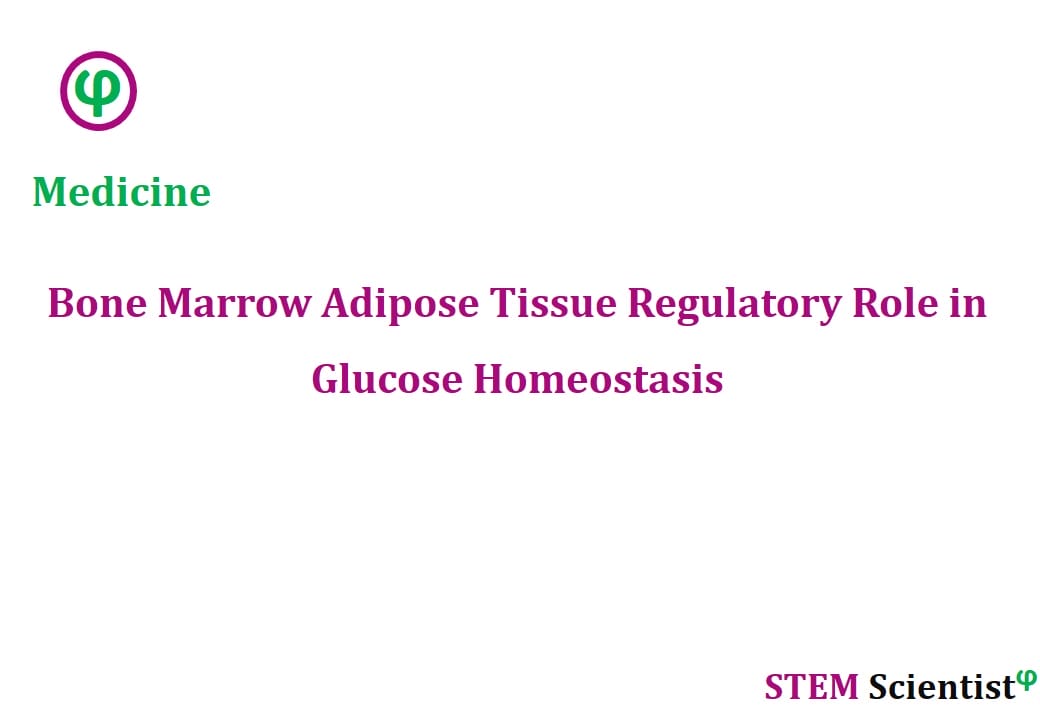
The following study was conducted by Scientists from University/BHF Centre for Cardiovascular Science, University of Edinburgh, The Queen’s Medical Research Institute, Edinburgh, UK; Dipartimento di Scienze Cliniche e Molecolari, Clinica di Ematologia, Università Politecnica delle Marche, Ancona, Italy; Division of Bone and Mineral Diseases, Department of Medicine, Washington University, St. Louis, MO, USA; Edinburgh Imaging, University of Edinburgh, Edinburgh, UK; Dipartimento di Medicina Sperimentale e Clinica, Center of Obesity, Università Politecnica delle Marche, Ancona, Italy; Department of Orthopaedic Surgery, Royal Infirmary of Edinburgh, Edinburgh, UK; Department of Orthopaedics, The University of Edinburgh, Edinburgh, UK; Department of Molecular & Integrative Physiology, University of Michigan, Ann Arbor, MI, USA. Study is published in Nature Communications Journal as detailed below
Nature Communications; Volume 11, Article Number: 3097 (2020)
Bone Marrow Adipose Tissue is a Unique Adipose Subtype with Distinct Roles in Glucose Homeostasis
Abstract
Bone marrow adipose tissue (BMAT) comprises >10% of total adipose mass, yet unlike white or brown adipose tissues (WAT or BAT) its metabolic functions remain unclear. Herein, we address this critical gap in knowledge. Our transcriptomic analyses revealed that BMAT is distinct from WAT and BAT, with altered glucose metabolism and decreased insulin responsiveness. We therefore tested these functions in mice and humans using positron emission tomography-computed tomography (PET/CT) with 18F-fluorodeoxyglucose. This revealed that BMAT resists insulin- and cold-stimulated glucose uptake, while further in vivo studies showed that, compared to WAT, BMAT resists insulin-stimulated Akt phosphorylation. Thus, BMAT is functionally distinct from WAT and BAT. However, in humans basal glucose uptake in BMAT is greater than in axial bones or subcutaneous WAT and can be greater than that in skeletal muscle, underscoring the potential of BMAT to influence systemic glucose homeostasis. These PET/CT studies characterise BMAT function in vivo, establish new methods for BMAT analysis, and identify BMAT as a distinct, major adipose tissue subtype.
Source:
Nature Communications
URL: https://www.nature.com/articles/s41467-020-16878-2
Citation:
Suchacki, K. J., A. A. S. Tavares, et al. (2020). “Bone marrow adipose tissue is a unique adipose subtype with distinct roles in glucose homeostasis.” Nature Communications 11(1): 3097.


